Keep up to date with announcements, product promos & news!
Filters
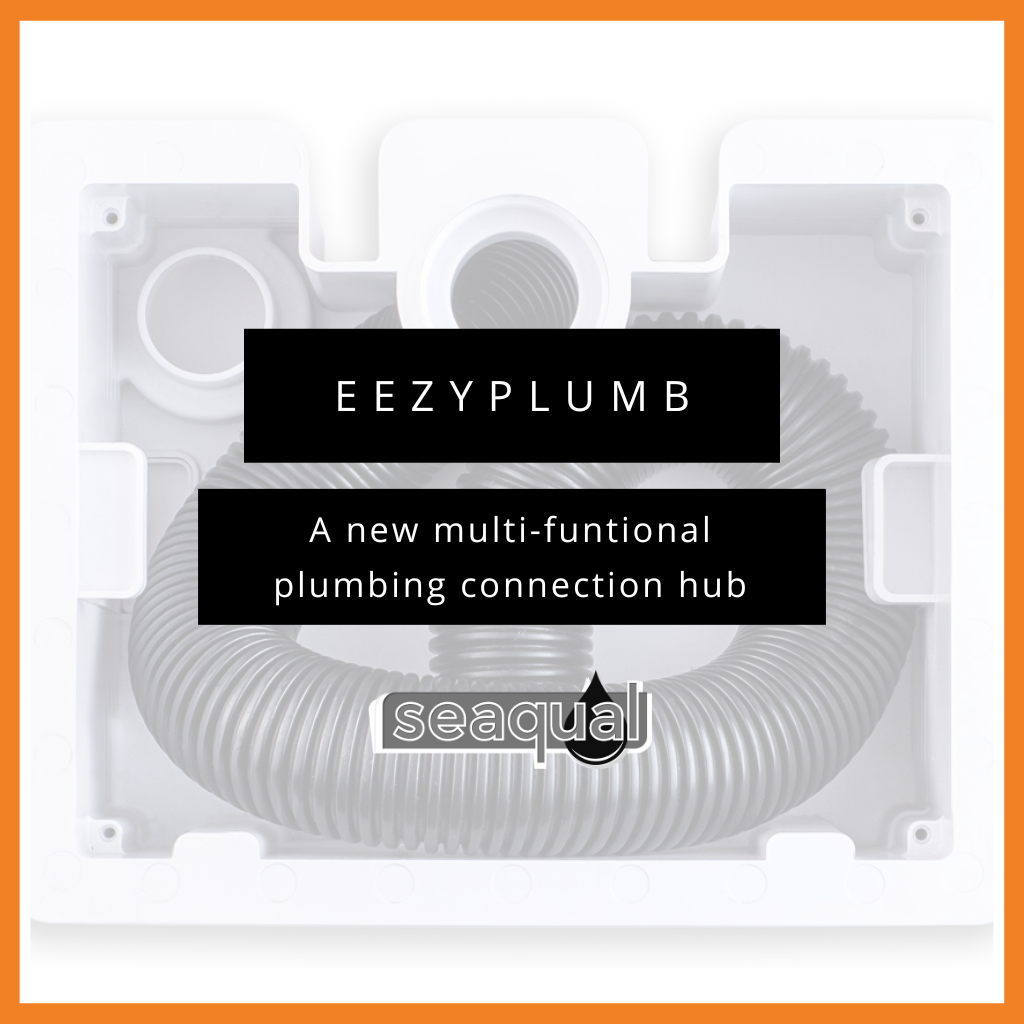
EEZY PLUMB: Multi-functional Plumbing Connection Hub
In this month’s blog, we’re running through some of the features and benefits of a new product in our range...
Read More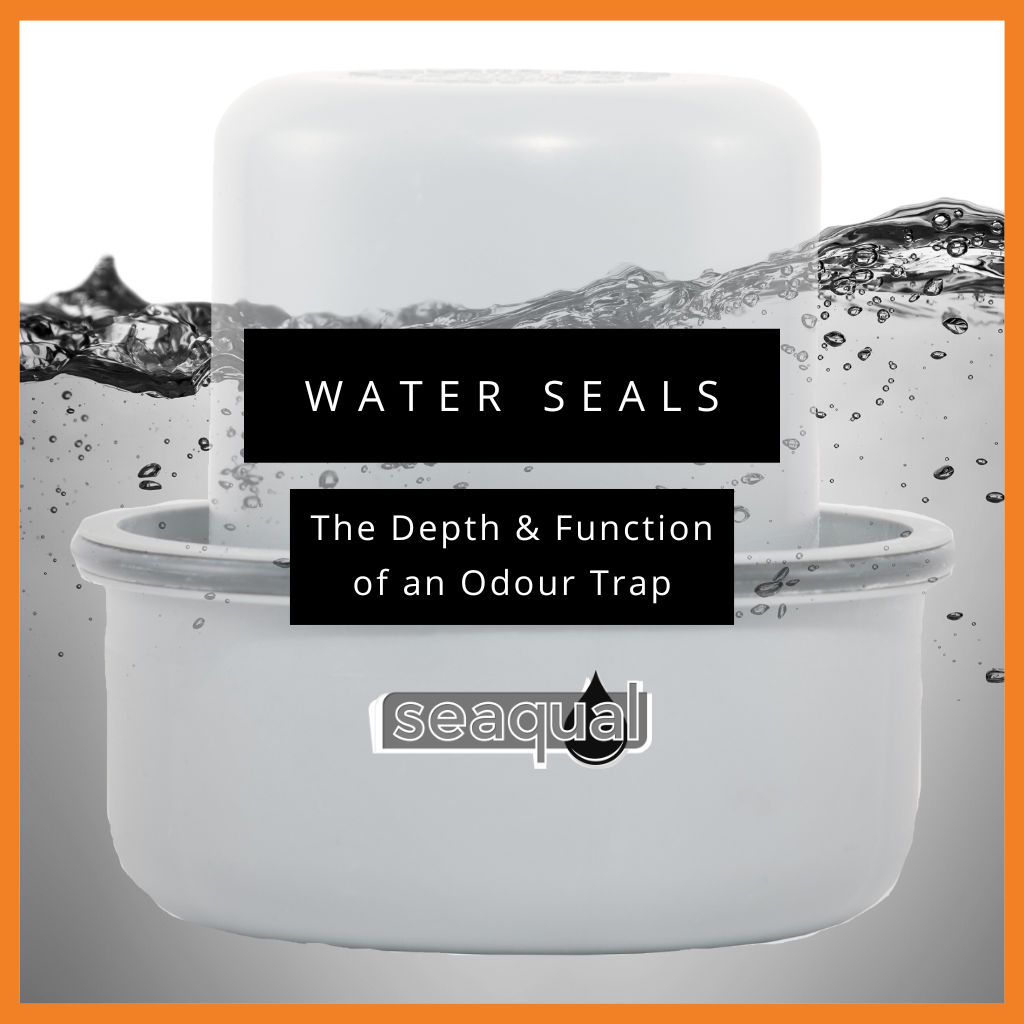
Water Seals: The Depth and Function of an Odour Trap
Water seals are not a recent invention, in fact, they can be traced back in our history as far back...
Read More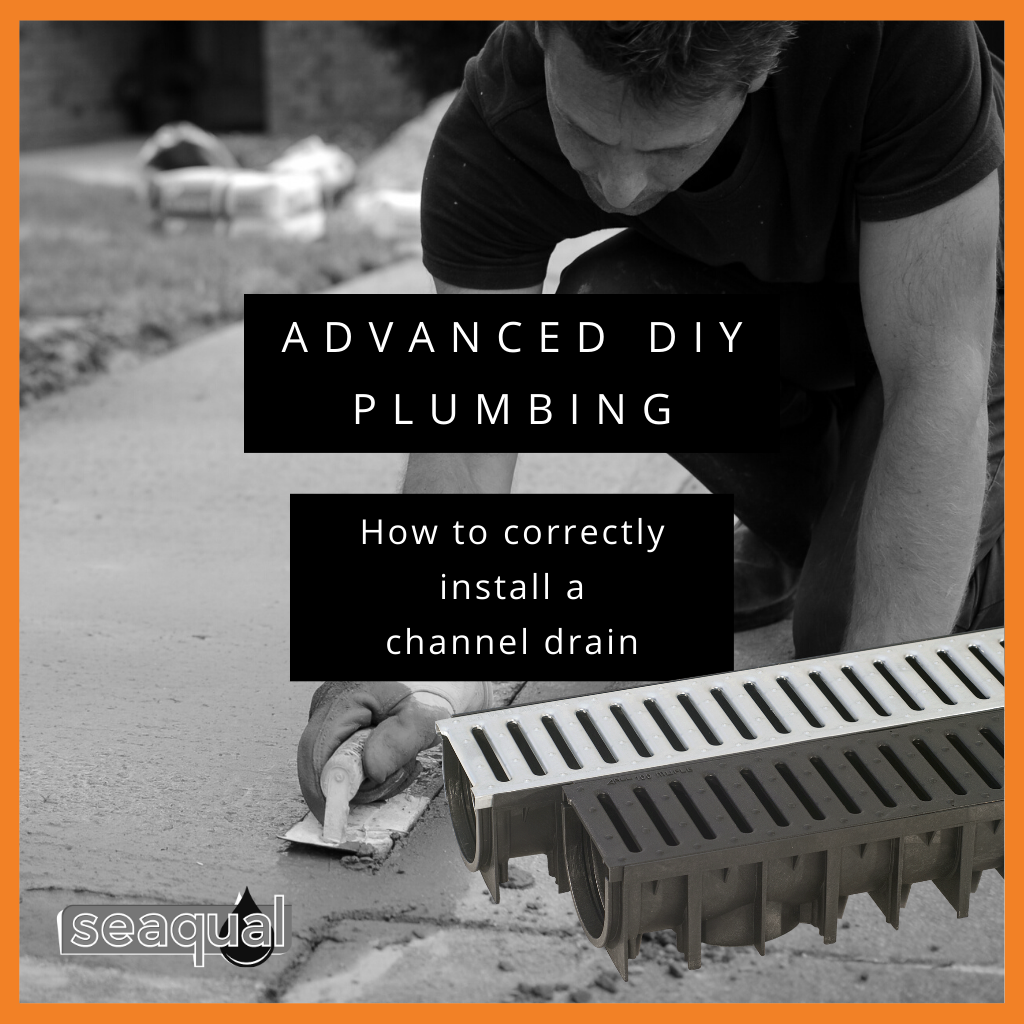
Advanced DIY Plumbing: How to Correctly Install a Channel Drain
Channel drains are excellent drainage solutions for driveways and walkways that experience flooding during heavy rainstorms. Excess rainfall can bring...
Read More
Professional Plumbers: What Does it Mean to be Certified?
Plumbers have an enormous role to play in our public safety and they are often not given the recognition they...
Read More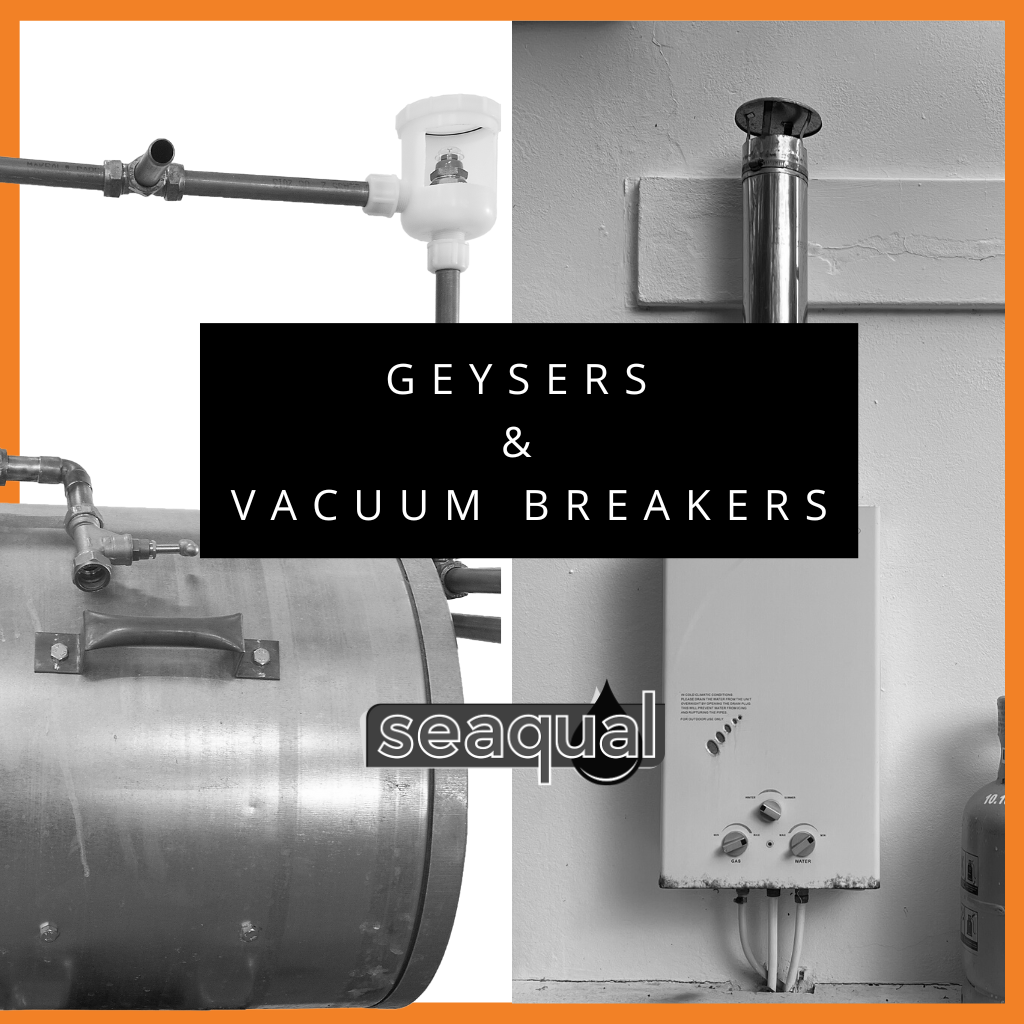
Geysers and Vacuum Breakers
Whether you are a plumber or a homeowner, chances are you know what a vacuum breaker is and even more...
Read More
Certifications (Part 2)
In last month’s blog we spoke about Seaqual’s ISO 9001 certification journey and how the introduction of Quality Management Systems...
Read More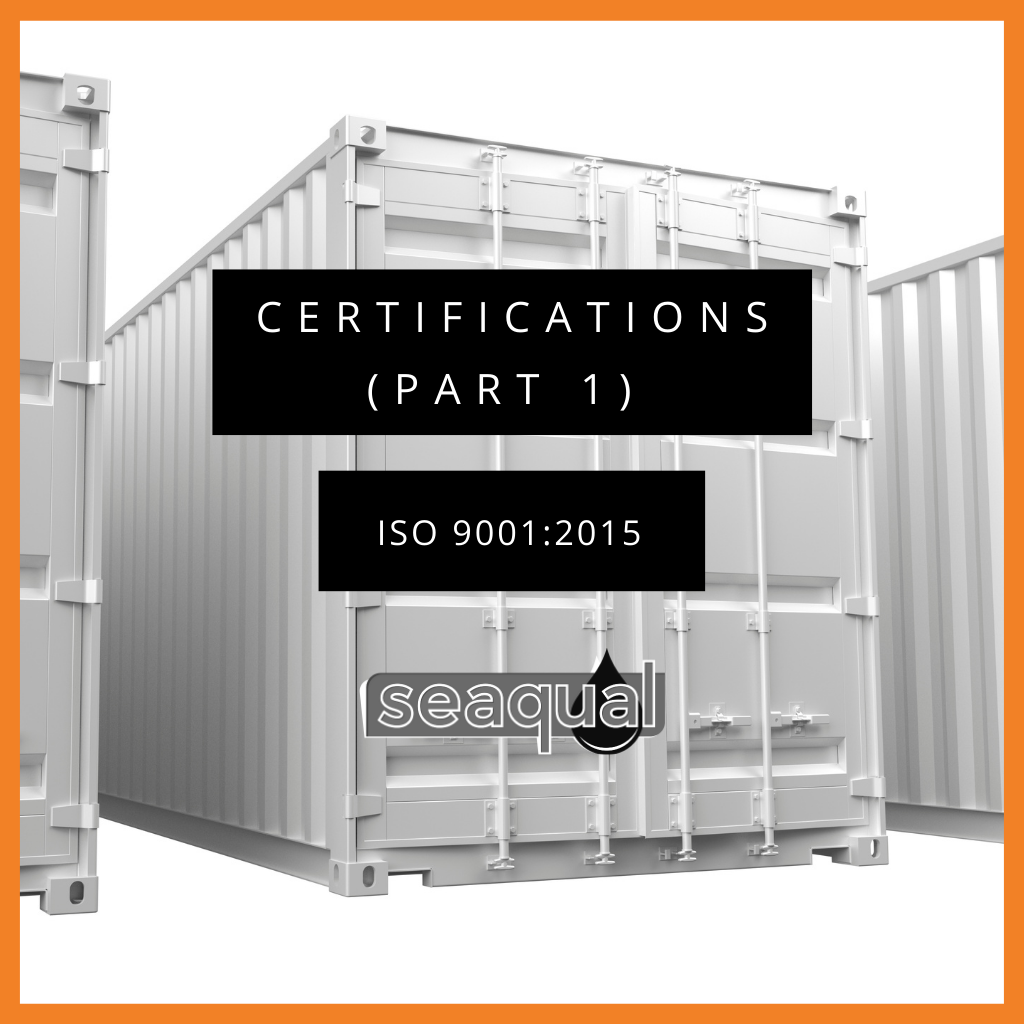
Certifications (Part 1)
One of the leading ways to ensure your company’s competence in the eyes of your customers is to undergo the...
Read More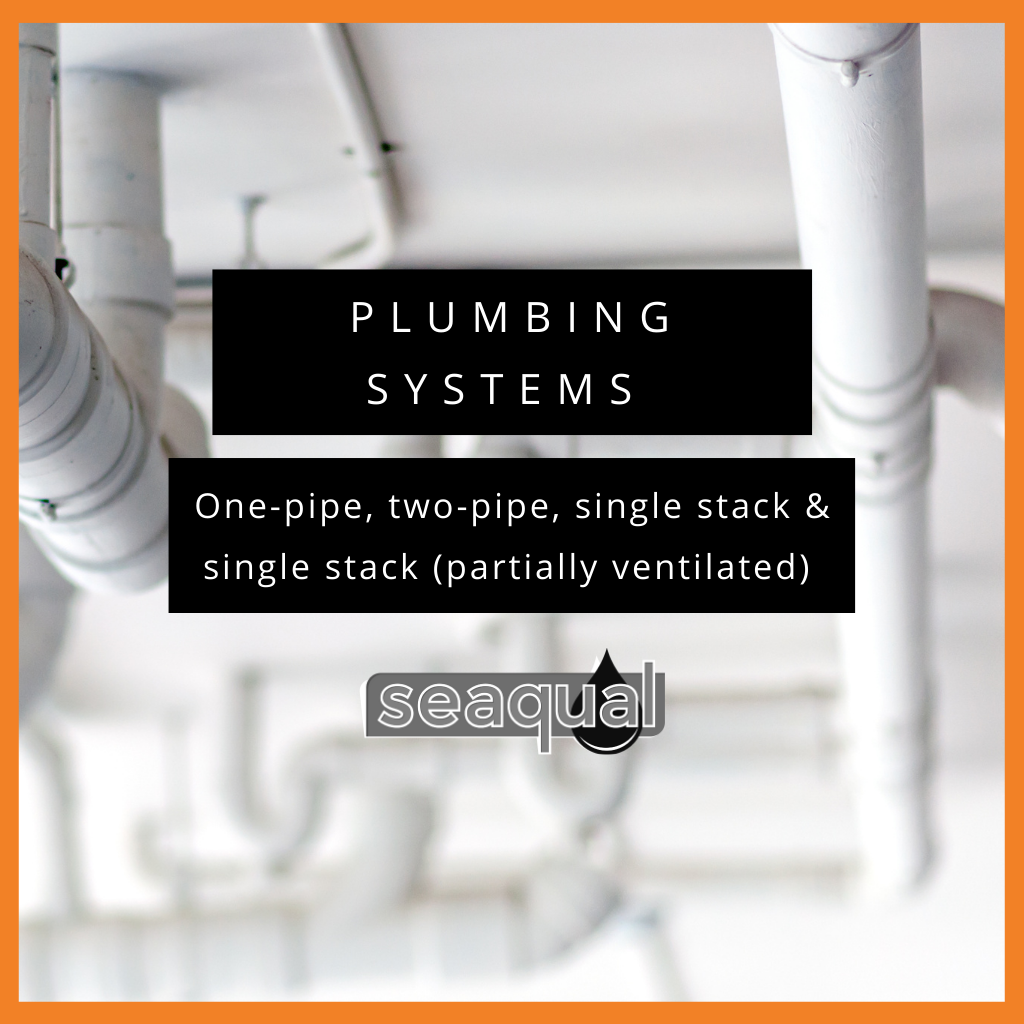
Plumbing Systems in Buildings
Within the foundation of buildings, plumbing systems refer to the collection of carefully constructed piping networks that firstly, distribute drinking...
Read More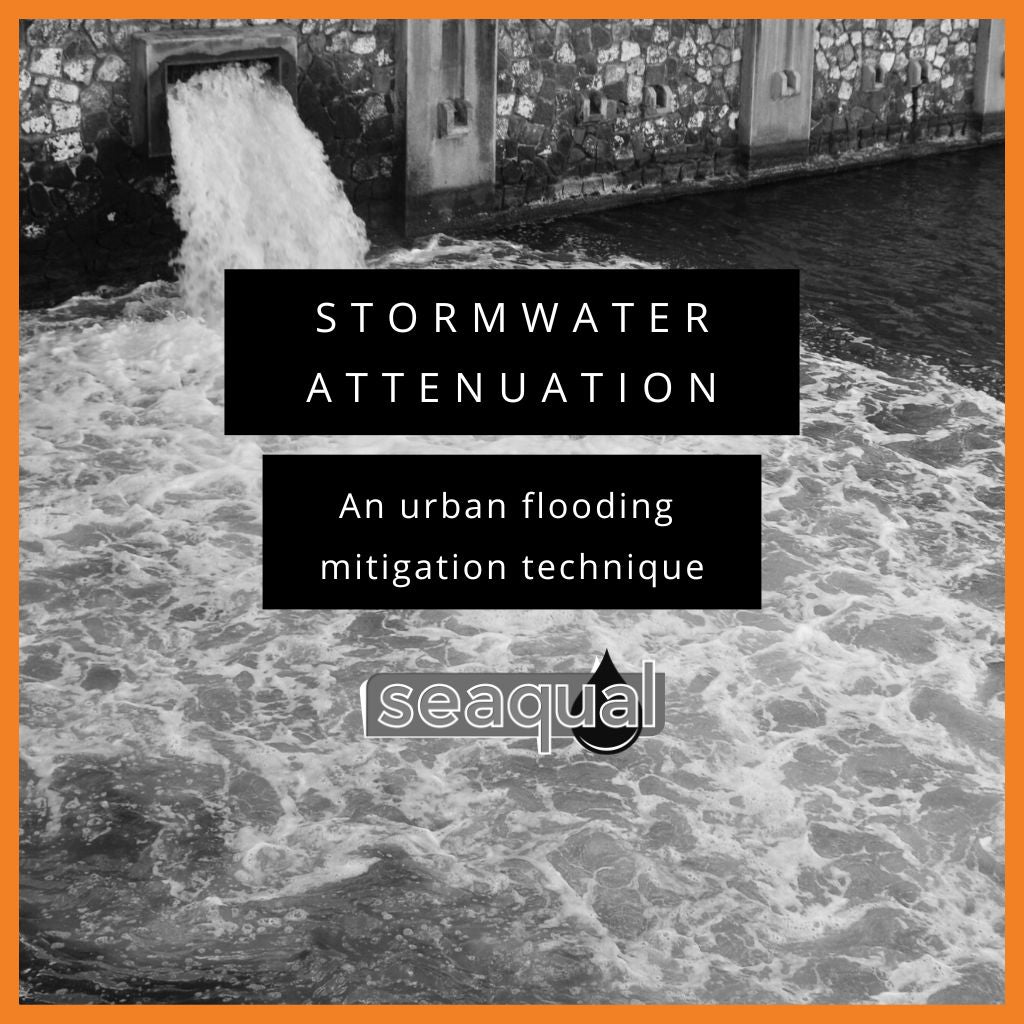
Stormwater Attenuation: An Urban Flooding Mitigation Technique
Stormwater attenuation has become a very important part of construction in recent years due to increased urbanisation and harsh weather...
Read More- 1
- 2

